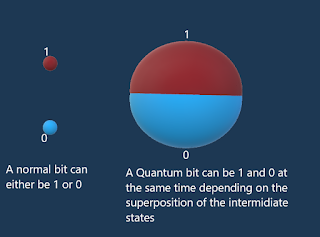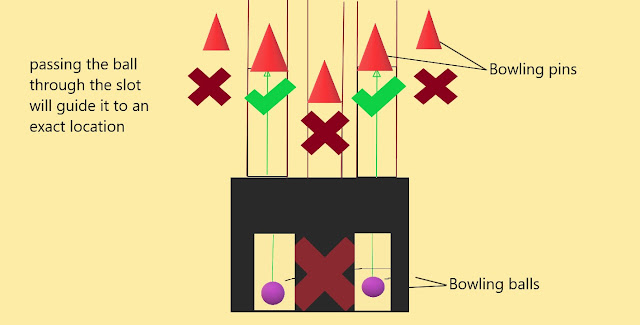The gravitational lensing !
Depending on the last theoretical construct, the bigger the mass of an object in space, the greater it bends the space-time fabric. This makes light more deflected, in fact, it behaves like a lens that converges light and the bigger the cluster of matter the more efficient the lens is and the more noticeable the light warping.
If we observe another distant galaxy when a third galaxy stands in between, obstructing the vision
from going directly to the target, we could see the image of a halo surrounding the intermediate galaxy this is due to the gravitational lensing.

By analyzing the halo and defining the angle of deflection we can highlight the amount of deflection the light has sudden and furthermore determine the mass of the lens using one of Einstein's equations which is 𝜭=4GM/rc².
We can easily notice that the bigger the deflection is the more mass the lens has.
After calculating the mass M and comparing it to the normal estimated matter Mn we found that there is a huge amount of missing matter Md=M-Mn that represents about 85% of the total matter M, it's nothing else than the mass of the famous dark matter !!
Another astonishing phenomenon is called the bullet cluster which is the result of the collision of two clusters.
This circumstance is considered one of the major leads that help separating the normal matter from the dark matter, how is that possible?
When the two clusters collide the galactic gases heat up to the extent that they emit X-rays this gives us the map of the ordinary matter which is situated between the two galaxies as the matter slows down due to the effect of friction. Meanwhile, the dark matter triggers the gravitational lensing effect and by carefully measuring the distortion angle we get a map of the dark matter surrounding the cluster and it's clearly separate from the gas cluster. It seems there, we don't see it's like a shadow, it's surely there !!





Comments
Post a Comment